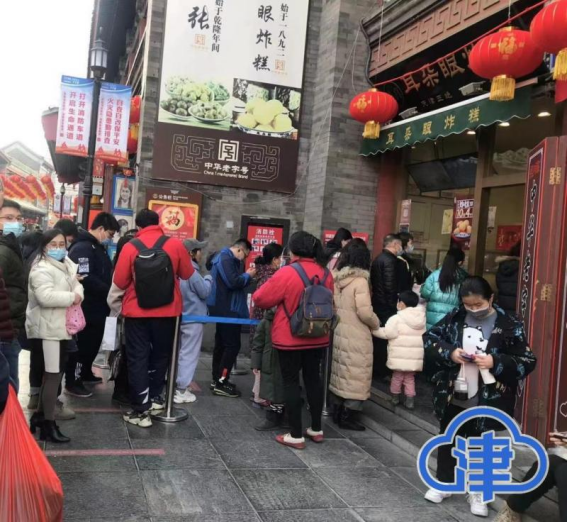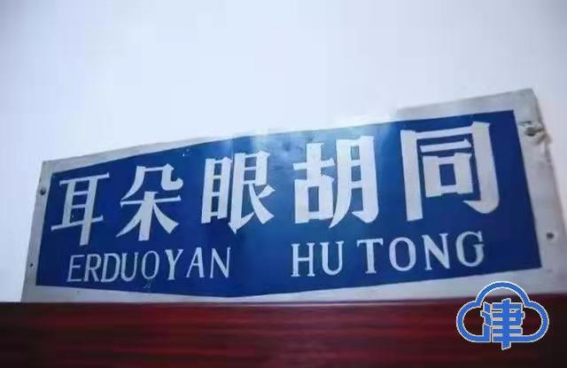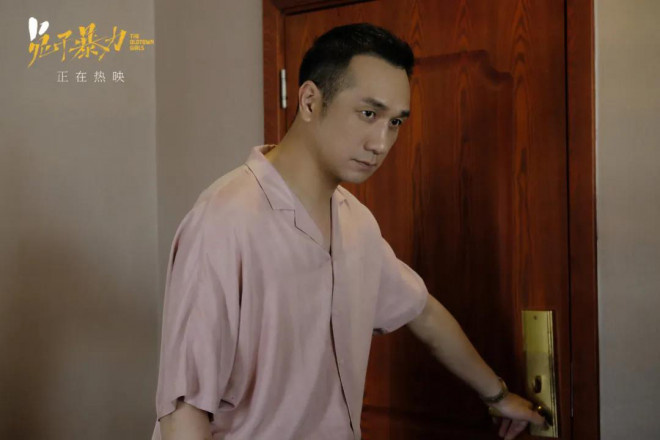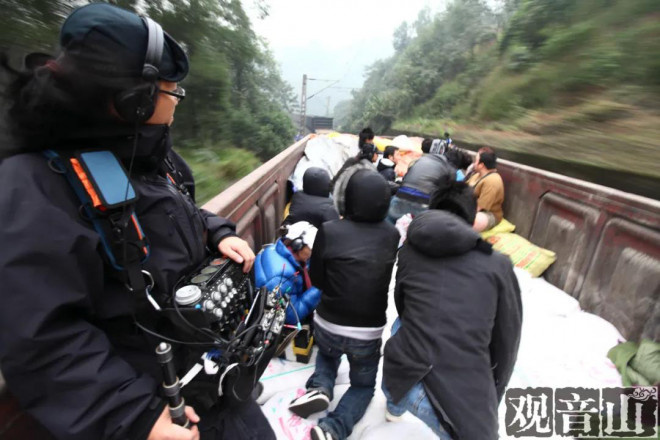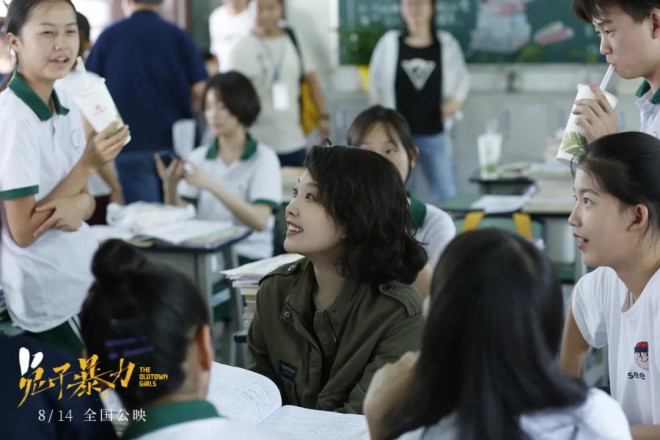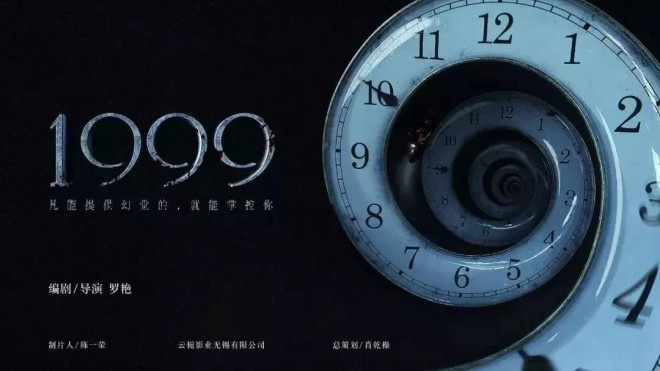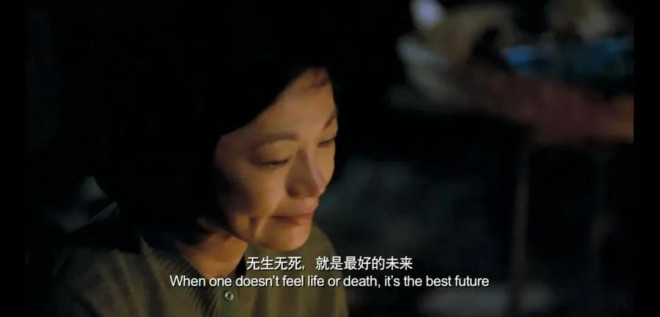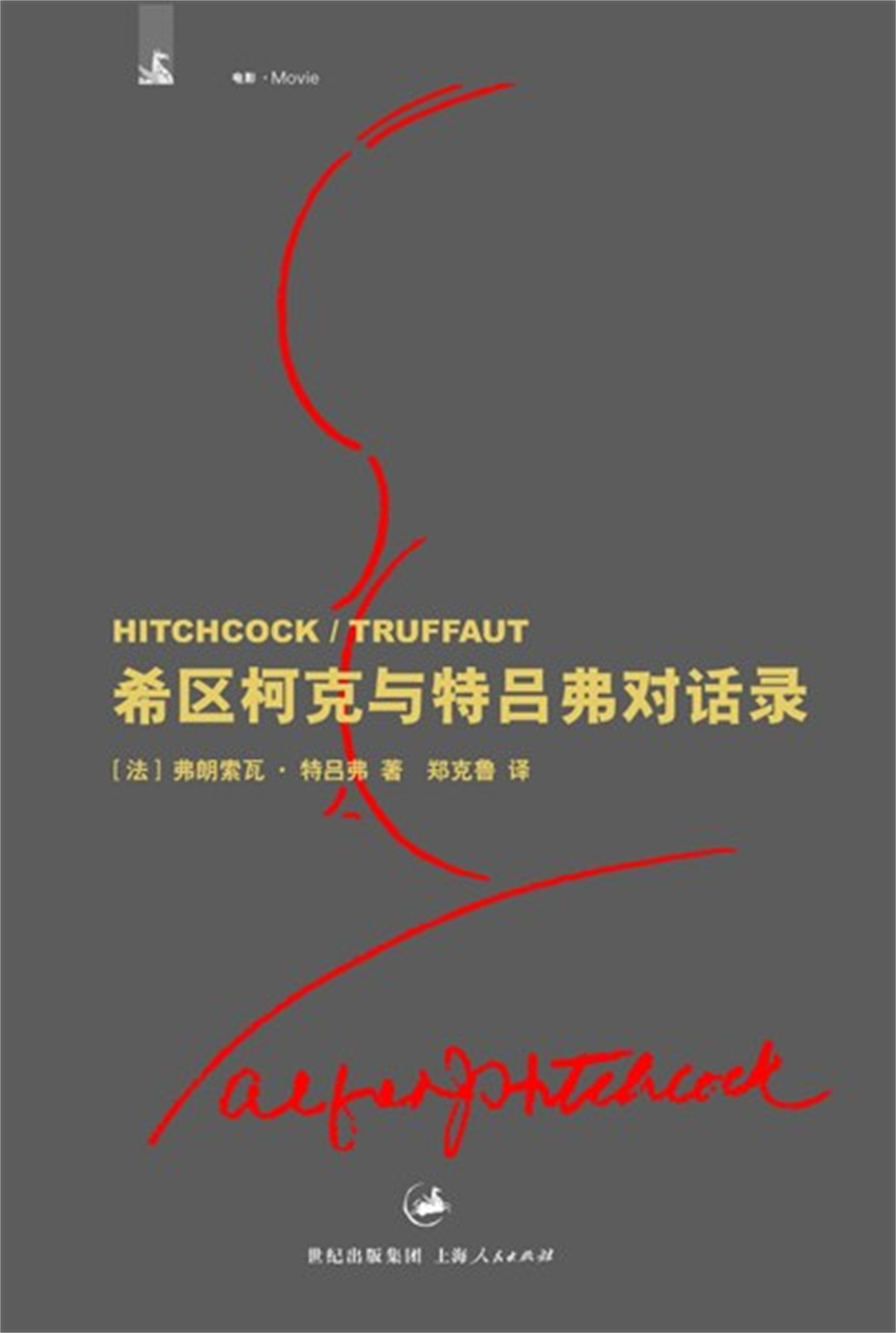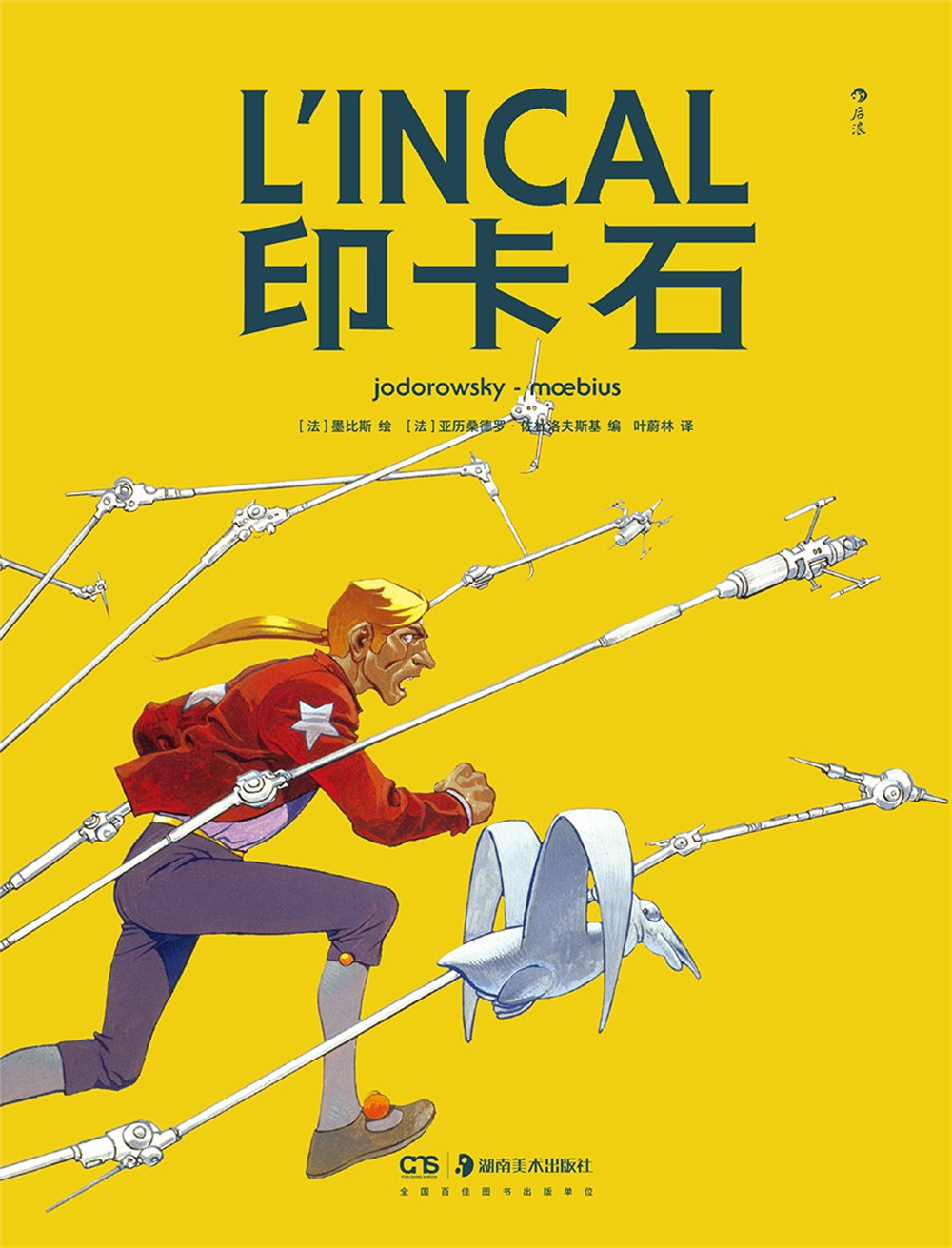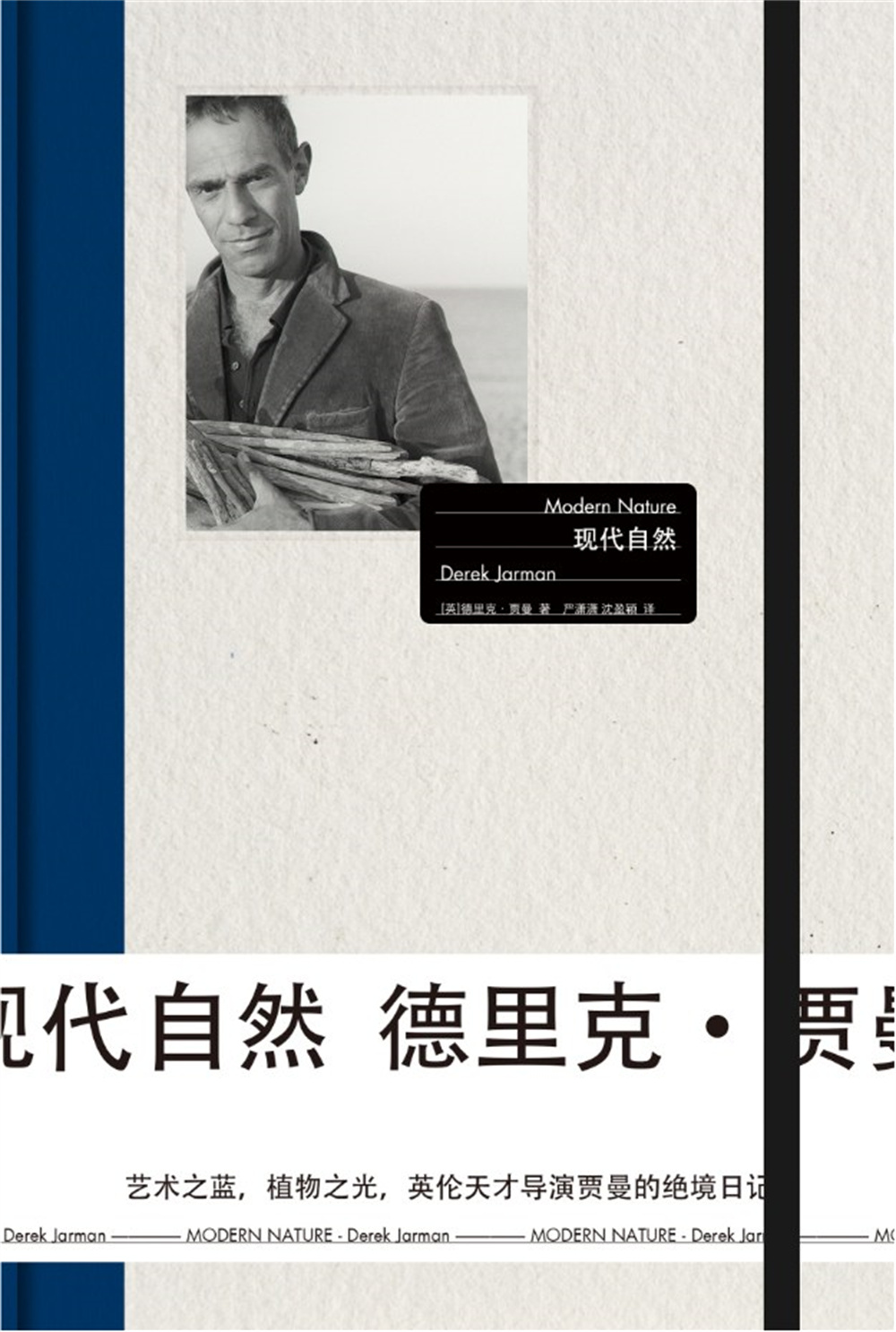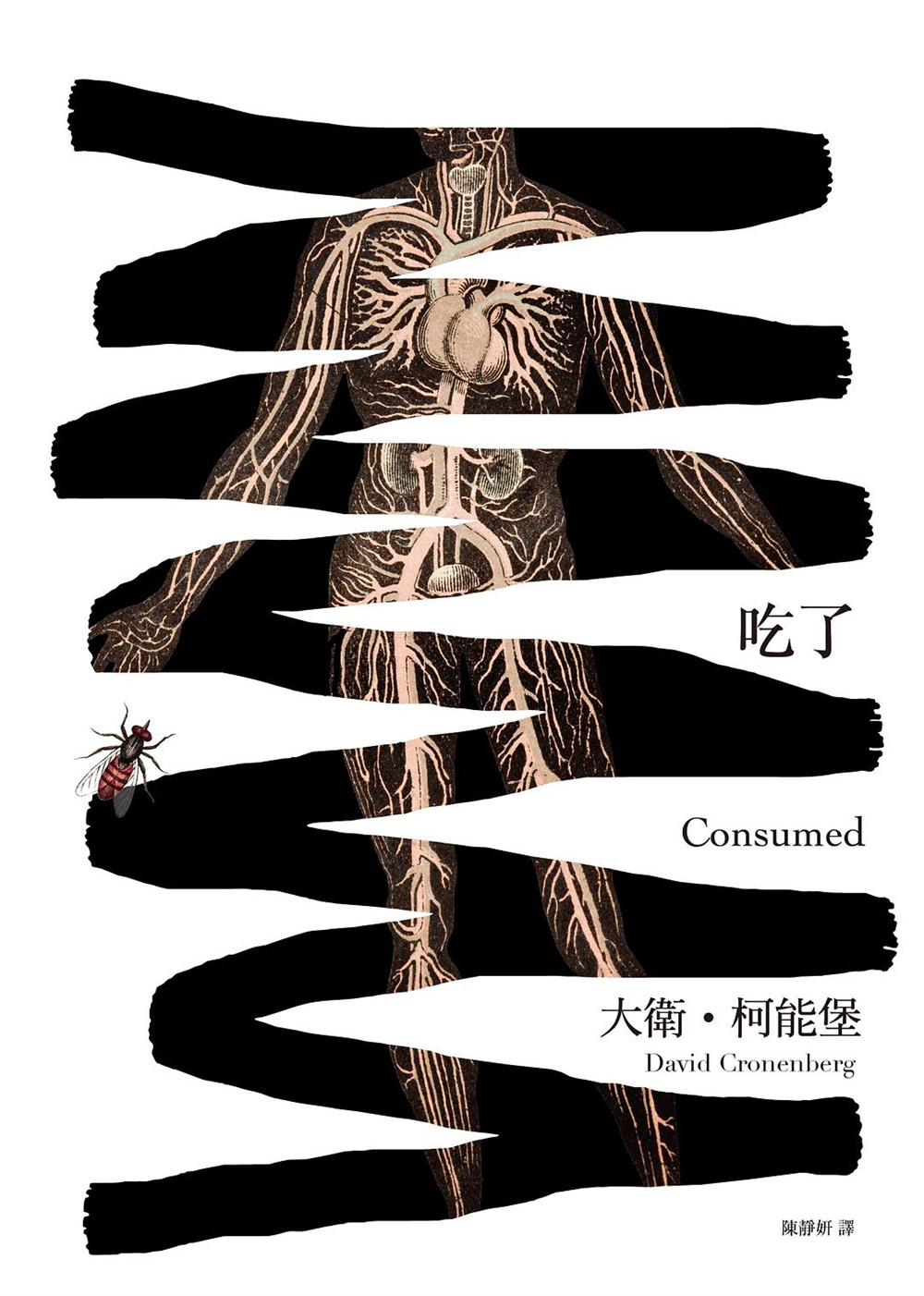In 2019, taking the lead, breaking through, being the first in the country became the high-frequency word of Qilu. Looking at Shandong, we are brave in striving for the first place in all work, striving for first-class in all aspects, trickling down and converging into a majestic force of "walking in the forefront"!
It is Shandong’s glorious task and great responsibility to "walk in the forefront and create in an all-round way".It must be noted that "being in the forefront" is not a single economic goal, nor a simple pursuit of numbers, nor a simple repetition of the previous development model, but a brand-new strategic orientation for Shandong’s economic and social development, which is a high standard and strict requirement for Shandong’s development quality and efficiency.
Without striving for Excellence in all aspects and fields, there would be no "walking in the forefront" in the province. Grasping the orientation of "walking in the forefront", all aspects of work in various fields, such as economy, politics, culture, society and ecological civilization, all cities, counties, towns, streets, communities and various types of enterprises and institutions should strive for the top, and all should "walk in the forefront" to ensure that Shandong is in the forefront in the process of building a well-off society in an all-round way and in the new journey of socialist modernization.
In 2019, all units and departments in Shandong found their own position, and in the spirit of waiting for time and seizing the day, they sweated in their respective posts, striving for the top position in all work, and striving to be the vanguard. Many jobs were "ranked" and "ranked among the best" on the national lists, forming a number of good experiences and good practices that have a demonstration and leading role for the whole country.
With the superposition of three national strategies, Shandong has a historic opportunity.
Shandong has successively ushered in three national strategies, namely, the first comprehensive experimental zone for the conversion of old and new kinetic energy, the China (Shandong) Pilot Free Trade Zone and the China-Shanghai Cooperation Organization Local Economic and Trade Cooperation Demonstration Zone. Shandong seized the great historical opportunity brought by the superposition of three national strategies, strengthened exploration and practice, dared to break into the "no man’s land" and formed a number of experiences that could be replicated and popularized.
New and old kinetic energy conversion comprehensive test area—— In January 2018, the State Council approved the "Overall Plan for the Construction of the Comprehensive Experimental Zone for the Conversion of Old and New Kinetic Energy", which is the first regional development strategy in China with the theme of the conversion of old and new kinetic energy.
Up to now, the construction of Shandong new and old kinetic energy conversion comprehensive experimental zone has beenIn the past two years, the first batch of 15 institutional innovations, such as the reform of the system and mechanism of development zones and the expansion of power to strengthen counties, have been launched..
A number of new and old kinetic energy conversion experiences that can be replicated and popularized throughout the country have been formed. For example, Jinan’s "taking land and starting work" is a reform of the examination and approval mode of engineering construction projects that attracts attention in the comprehensive test area. After the German festo Global Production Center settled in Jinan, it obtained the Construction Land Planning Permit, the Real Property Right Certificate, the Construction Project Planning Permit and the building construction permits in one day, realizing the simultaneous issuance of the four certificates, creating the first place in the country in the rapid examination and approval of foreign-funded projects above designated size in the construction field. The mode of "taking land and starting work" has been popularized in the State Council.
Rizhao City implements the "513 model" to shorten the start-up time of enterprises,Ranked in the "Circular on Commending the Typical Experiences and Practices Discovered by the Fifth General Inspection in the State Council".
Heze’s "five unifications" public resource allocation mechanism, Yantai’s pilot project of combining medical care with nursing care, "three modes" of Jinan-Qingdao high-speed railway construction, and "non-repayment of loans" to support the development of private enterprises.It has also been implemented, and a large number of seeds that have been tested first in the comprehensive test area have taken root and sprouted.
Shandong province new and old kinetic energy conversion guidance fundWon the "TOP15 Government Venture Capital Guidance Fund of China in 2019". By the end of the third quarter, 417 new and old kinetic energy conversion funds had been set up in the province, with a subscription scale of 601.5 billion yuan and 1,601 investment projects, with fund investment of 147.8 billion yuan, driving financial and social investment of 351.3 billion yuan.
Shanghe demonstration area—— In April 2018, the Ministry of Commerce officially replied to the General Office of Shandong Provincial People’s Government and the General Office of Qingdao Municipal People’s Government to support the establishment of the first "China-Shanghai Cooperation Organization Local Economic and Trade Cooperation Demonstration Zone" in Qingdao Eurasian Economic and Trade Cooperation Industrial Park. On October 8th this year, the State Council issued the Reply of the State Council on the Overall Plan for the Construction of the China-Shanghai Cooperation Organization Local Economic and Trade Cooperation Demonstration Zone. Nowadays, the construction of Shanghe Demonstration Zone is in full swing, and all departments have made concerted efforts to launch various innovative measures, striving to build Shanghe Demonstration Zone into a model of local economic and trade cooperation under the international bilateral or multilateral framework.
Qingdao Customs issued 17 measures,Create a new customs management mechanism "model field" with embedded management, triggered supervision and ubiquitous service in Shanghe Demonstration Zone. Qingdao Central Sub-branch of the People’s Bank of China and Qingdao Branch of the State Administration of Foreign Exchange have studied and introduced foreign exchange to support the construction of the China-Shanghai Cooperation Organization local economic and trade cooperation demonstration zone.Ten policy measures. The ten policies mainly cover foreign exchange management of capital projects such as direct investment and foreign debt, and involve specific links such as cross-border capital exchange and use and foreign exchange account opening.Three of these policies are the first in China..
Shandong Free Trade Zone-On August 30th, the China (Shandong) Pilot Free Trade Zone was unveiled. Jinan, Qingdao and Yantai have made some innovative breakthroughs in benchmarking the national advanced.
Jinan issued "Guiding Opinions on Planning and Land Use Management of Jinan Area in China (Shandong) Pilot Free Trade Zone (Trial)", innovating the comprehensive land supply mode, and implementing differentiated land supply; Using blockchain technology to realize "batch by batch" and "approval without meeting", and issue the first digital business license stored and transmitted in blockchain in the province.
Qingdao issued "Policy Measures on Supporting Innovative Administrative Examination and Approval Services in Qingdao Area of China (Shandong) Pilot Free Trade Zone", which contains 21 innovative measures in three aspects: accurate empowerment, relaxing market access and optimizing re-engineering examination and approval process.16 of them are at the national leading level..Qingdao Banking Insurance Regulatory Bureau officially issued the Notice on Banking and Insurance Industry Supporting the Construction of Qingdao Area in Shandong Pilot Free Trade Zone, and Qingdao Area in Shandong Pilot Free Trade Zone became the first of the six newly established free trade zones in China to receive China Banking and Insurance Regulatory Commission’s policy support.
Yantai area of FTZ issued its first business license overseas, which is also the first exploration for government services to go abroad and realize transnational approval.In addition, Yantai area of FTZ integrates the hardware resources of "double innovation" service, and plans to set up Yantai Yeda International Talent Group Co., Ltd. to build a new ecology of talent innovation and entrepreneurship in FTZ.
Lu enterprises performed brilliantly, and many indicators led the country.
A number of leading enterprises, such as Weichai, Inspur and Haier, give full play to their own advantages, aim at the forefront of the industry and create a number of industry myths.
Weichai focused on its main business, engaged in innovation in a down-to-earth manner, won the reputation of customers with reliable quality, created a heavy "national heavyweight" and won the "Top Ten Model Brands of the Year" in 2019.
Inspur released the industry’s first "digital middle platform" for enterprise capabilities-Inspur iGIX enterprise digital capability platform, which supports enterprise technology, business, data and business integration and innovation, and promotes enterprises to achieve high-quality and sustainable development.
Haier pioneered the world’s first 5G IOT central air conditioner, and the application of 5G and IOT technology brought revolutionary subversion from minute-level control to 1 millisecond transmission.
Qingdao Port Fully Automated Terminal (Phase II) of Shandong Port Group was officially put into operation. The project adopted six world-first scientific and technological achievements, including hydrogen-powered automatic track crane and 5G+ automation technology independently researched and developed by Shandong Port Group.
Gazelle enterprises, individual champion enterprises, top 500 private enterprises … There are Lu enterprises in many national lists, which is exciting.
It was released by the Global INS Conference Research Institute, the Economic Observer Institute, the Standard Ranking City Research Institute, the Youke Workshop and other institutions."China Gazelle Enterprise Data Report in 2019"Central and ShandongIt ranks sixth in China with 1,590 gazelle enterprises, among which Qingdao ranks among the top ten cities in China with 478 gazelle enterprises.
In the list of four national single champion demonstration enterprises in manufacturing announced by the Ministry of Industry and Information Technology,Shandong has 60 enterprises on the list, ranking first in the country.The number of "single champion" enterprises in Shandong took the lead and won the first place, which strongly confirmed the effectiveness of manufacturing transformation and upgrading.
In the list of "Top 500 Chinese Enterprises in 2019", a total of 50 enterprises in Shandong were among the top 500 Chinese enterprises in 2019. Among the "Top 500 Private Enterprises in China in 2019", there are 61 enterprises from Shandong, and Shandong, Zhejiang and Jiangsu have become the three provinces with the largest number of private enterprises, with 61 enterprises, 92 enterprises and 83 enterprises respectively.
According to the data released by the State-owned Assets Supervision and Administration Commission of Shandong Province, in the first three quarters, 29 provincial enterprises achieved a total operating income of 1,068.1 billion yuan, a total profit of 52 billion yuan, and a net profit of 36.3 billion yuan, with year-on-year growth of 16.29%, 10.47% and 14.96% respectively. The main indicators reached record highs, but also broke into the forefront of the country. Compared with the enterprises supervised by provincial SASAC, the total assets, operating income, total profit and net profit of provincial enterprises rank fifth, third, fourth and fourth respectively.
Looking at Shandong in the national agriculture, it has been the first in the country for many years.
News from a series of press conferences on the theme of celebrating the 70th anniversary of the founding of New China in Shandong Province: At present, the total output of vegetables and edible fungi in Shandong Province is 81.92 million tons, and the total output of garden fruits is 16.738 million tons, ranking first in the country..The total output of aquatic products in the province (excluding offshore fishing output) reached 8.166 million tons, ranking first in the country. The number of farmers’ cooperatives, family farms and leading enterprises in agricultural industrialization in Shandong Province ranks first in the country.
At the 17th China International Agricultural Products Fair, the list of 2019 regional public brands of agricultural products in China Agricultural Brand Catalogue was released, including Shandong Yantai Apple, Feicheng Peach, Yantai Big Cherry, Changle Watermelon, jinxiang garlic, Zhangqiu Onion, Laiwu Ginger, Caoxian Asparagus, Changyi Ginger, Cangshan Garlic, Tengzhou Potato, Wenshang Luhua Chicken, Weihai Stichopus japonicus, Rizhao Green Tea, Zoucheng Mushroom, Taishan Tea and Shouguang Guihe..
Shandong focuses on the shortcomings of agricultural development and agricultural service methods, and has formed a number of good experiences and practices that can be replicated throughout the country, which perfectly interprets the reputation of "National Agriculture Looking at Shandong".
Shandong is the first in the country to build a "one map" for rural revitalization.The "one map" of rural revitalization in Zhucheng is an important exploration for surveying and mapping geographic information to serve rural revitalization. It solves the problems of non-uniform spatial datum of some departments, different data standards, and the formation of a new "information chimney", which enables 724 types of agricultural data from 27 departments to talk to each other, intelligently analyze and tap the value under the unified spatial datum.
Shandong Fengxin Agricultural Service Chain Co., Ltd.’ s’ One-stop’ service platform helps small farmers to plant scientifically’ Shandong gaomi city Acer Agricultural Development Co., Ltd.’ s’ whole village trusteeship’ to achieve’ win-win’ and Shandong Linyi Jinfeng Commune Agricultural Service Co., Ltd.’ s’ gathering resources from the whole industrial chain to provide full-process production services’ were selected as 20 typical cases of agricultural socialization services in China.
Shandong Jiaxiang’s "A Network of Urban and Rural Areas Breaking the Dual Water Supply Pattern" and Weihai Wendeng’s "Promoting High-quality Medical Resources to Go to the Countryside and Let Villagers See Doctors at Their Doors" were selected as the first batch of 18 typical cases of national rural public services. Licha Town, jiaozhou city, Qingdao, Qidu Town, Linzi District, Zibo City, Tangcun Town, Zoucheng City, Jining City, Dashuibo Town, Wendeng District, Weihai City, and Houying Town, Dongchangfu District, Liaocheng City were selected as 100 demonstration villages and towns in China.
Process reengineering, optimizing the development environment with all efforts
Shandong focused on "process reengineering", pushed forward the "streamline administration, delegate power, strengthen regulation and improve services" reform and the "one-window acceptance and one-time operation" reform, and created a business process with the simplest procedures, the least links, the lowest cost, the highest efficiency and the best service, and won many national "firsts".
Shandong is the first in the country to achieve "double random and one open" three-level full coverage of provinces, cities and counties, and to achieve "one visit and multiple investigations". Improve innovative supervision methods, fully implement supervision, establish a system of joint random spot checks by departments, and take the lead in realizing full coverage at the provincial, city and county levels in the country. This year, 170,000 market entities were jointly inspected, achieving "one visit and multiple inspections" and minimizing the interference to enterprises.
Strengthen the "internet plus Supervision", compile more than 150,000 lists of regulatory matters, and check more than 120,000 lists of implementation, with the number of regulatory information and exposure information ranking first in the country.
There are the least procedures and the shortest processing time in China. The start-up time of enterprises in Qingdao is reduced to one working day, and the processing time is the shortest in the country. Xintai city took the lead in exploring regional exploration and evaluation in China: Xintai broke the inherent mode and process of project construction approval in view of the blocking points, pain points and difficulties in the process of project construction approval, and took the lead in exploring regional exploration and evaluation in China, and the land acquisition and planning and design of the project were carried out simultaneously.
Shandong took the lead in creating the first integrated list of powers and responsibilities after institutional reform in China: by the end of June, provincial departments (units) had comprehensively announced 2832 provincial administrative power matters, 334 public service matters and 23355 corresponding responsibility matters. Through a list of powers and responsibilities, the macro expression of the "three decisions" provisions is implemented on each specific executable power and responsibility item, and the boundaries of responsibilities between departments are further clarified.
In the "Report on the Evaluation of Business Environment of 10,000 Private Enterprises in 2019" issued by the All-China Federation of Industry and Commerce, Shandong ranked second in the country!
The happiness of the masses is bursting.
This year, Shandong has grasped the trivial matters of the masses, done a good job in people’s livelihood, made practical, hard and new moves, and comprehensively promoted education, medical care and old-age care to improve people’s quality of life and happiness index.
Learn to teach-ShandongoriginateClassified assessment of undergraduate colleges and universities. Issued the "Guiding Standard for the Proportion of Post Setting Structure in Primary and Secondary Schools and Kindergartens in Shandong Province"Take the lead in ChinaSome guiding opinions are put forward to improve the proportion of post structure of primary and secondary school teachers.
Get medical treatment —— On November 24th, Jinan was born.Electronic certificate, the first medical insurance in ChinaShandong took the lead in realizing multi-scene online application based on medical insurance in electronic certificate. On the hospital side, the pilot hospitals will build medical insurance electronic certificate application equipment and network, and the insured can realize "one code for all" medical insurance expense settlement. In more than 500 pilot designated pharmacies, the insured can purchase medicines with medical insurance in electronic certificate.
Shandong is the first in the country to release.Five local standards in Shandong Province, such as Medical Security Part 1: Standard System, Medical Security Part 2: Terminology, General Rules of Medical Security Handling Services, Medical Security Handling Services for Employees, and Medical Security Handling Services for Urban and Rural Residents, are the first batch of local standards issued in the field of medical security in China.
A sense of security for the elderly-Shandongtake the leadRealizing the "silent certification" of pension benefits: Shandong Provincial Department of Human Resources and Social Security has realized information sharing with 12 departments including public security, civil affairs and health by building a provincial-level platform for integration of human resources and social services and data sharing. By comparing information, it has truly realized the transformation from full-scale certification to key certification of individual personnel, making it the first province in China to realize the silent certification of pension benefits.
Thirteen typical cases in Shandong were selected into 200 cases of "combining medical care with nursing care" jointly carried out by the National Health and Wellness Committee and the World Health Organization (WHO)Best practices in China.”。
Shandong zaiTake the lead in ChinaPut forward a plan for overall planning of the social assistance system, and issued the Guiding Opinions on Overall Planning and Perfecting the Social Assistance System, focusing on overall planning and improving the social assistance system, improving the overall efficiency of social assistance work, ensuring joint assistance, accurate assistance, timely assistance and fair assistance, and giving full play to the role of social assistance in the basic livelihood security.
(Report by chris xu Sun Xiuling, a client reporter of Volkswagen Daily)






 Besides, young people like to travel alone, wander around at will, find local classmates and friends to play with, and are more inclined to meet friends in the community. This new generation of people is beginning to understand the world in their own way and perspective.
Besides, young people like to travel alone, wander around at will, find local classmates and friends to play with, and are more inclined to meet friends in the community. This new generation of people is beginning to understand the world in their own way and perspective.

